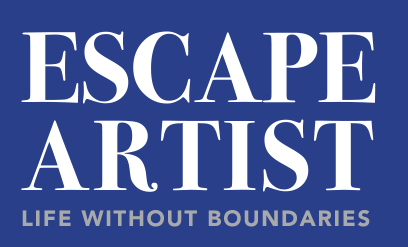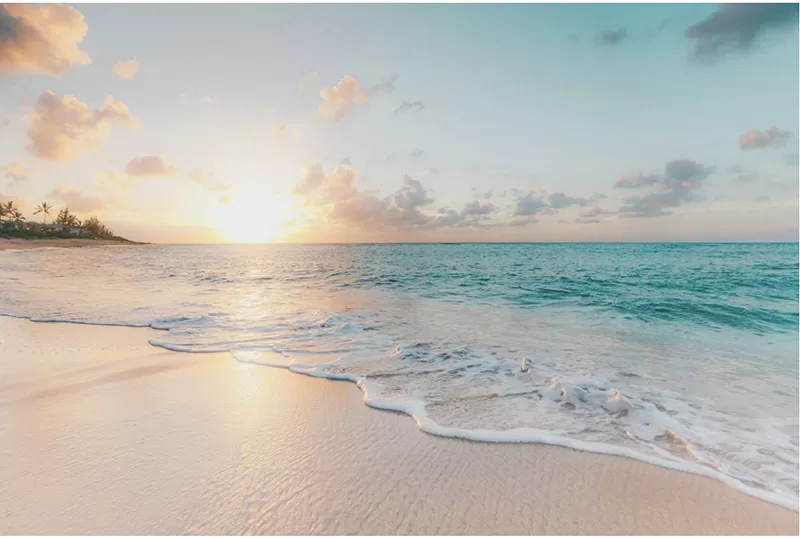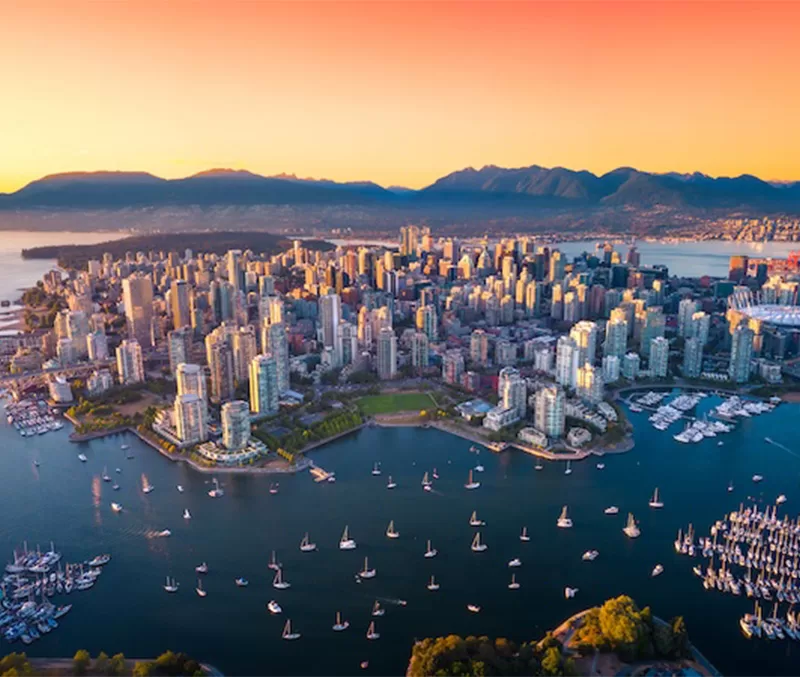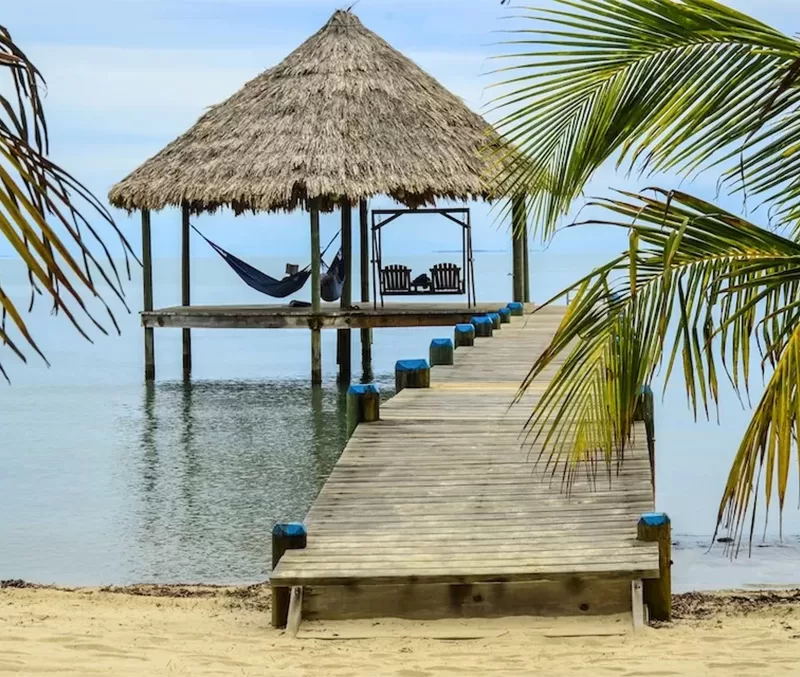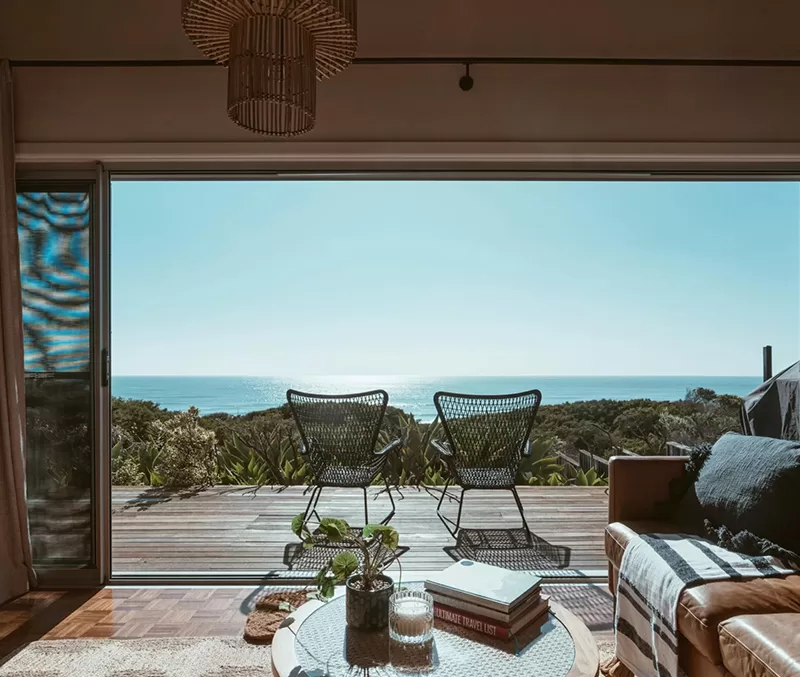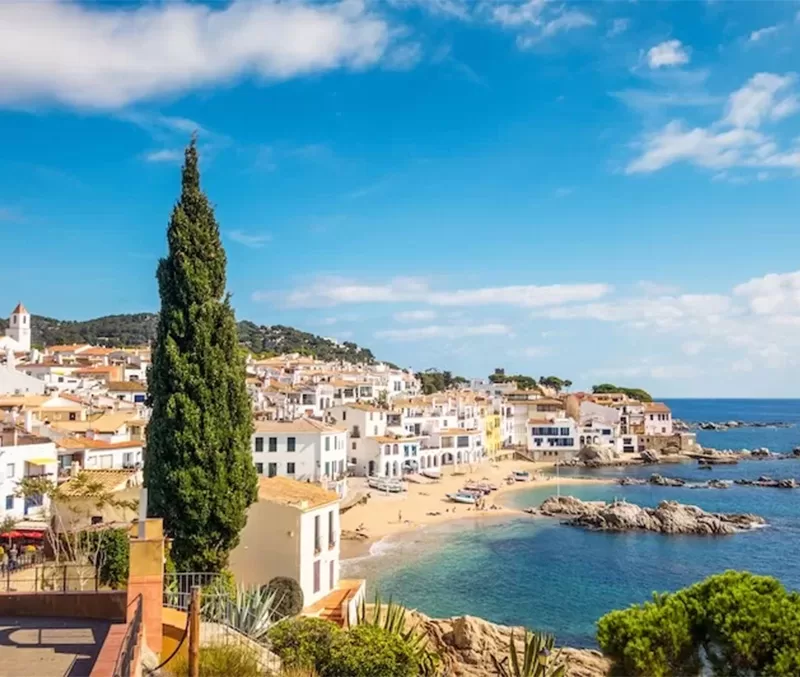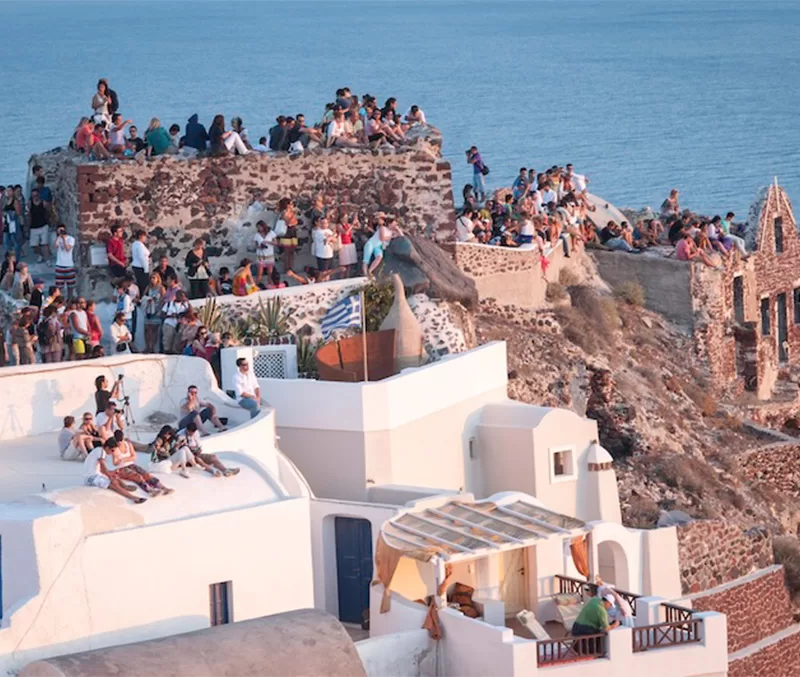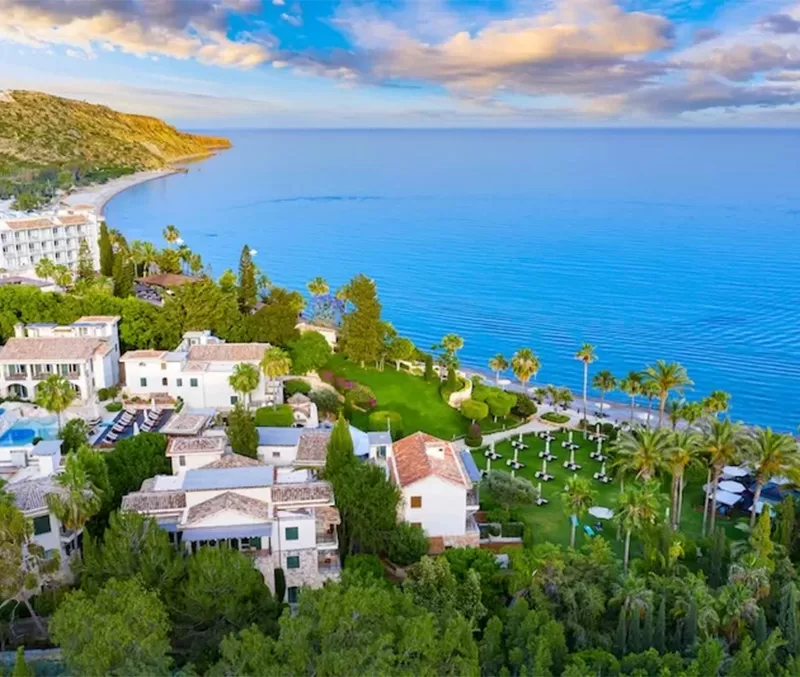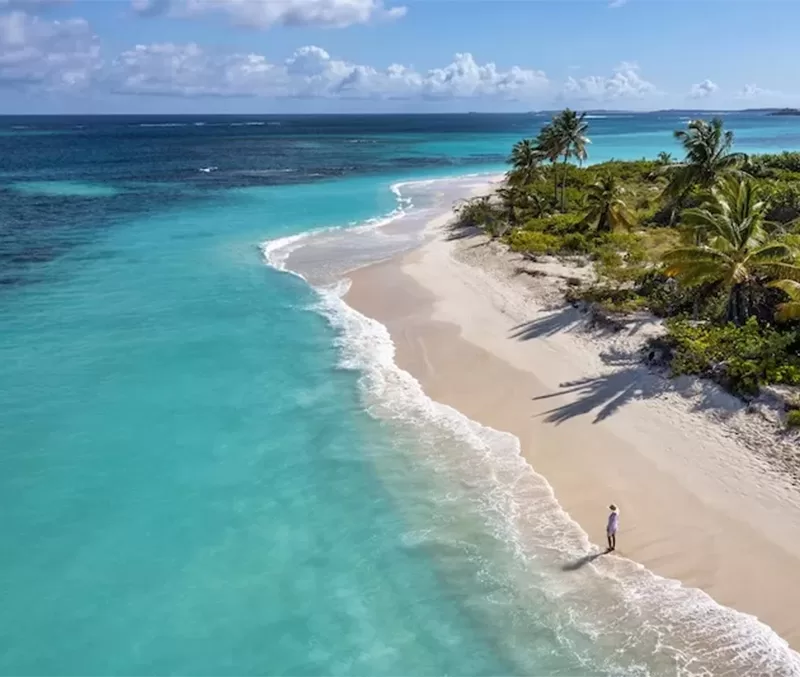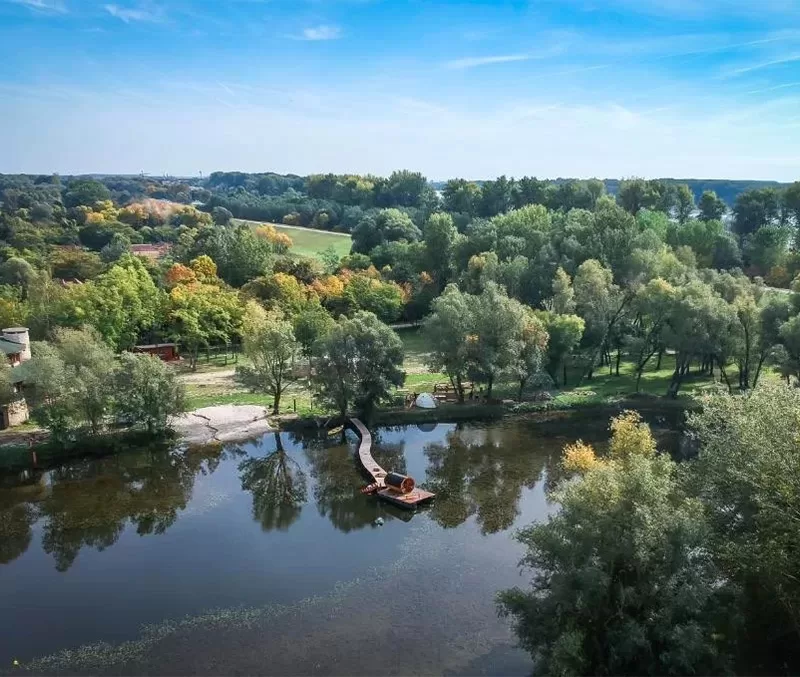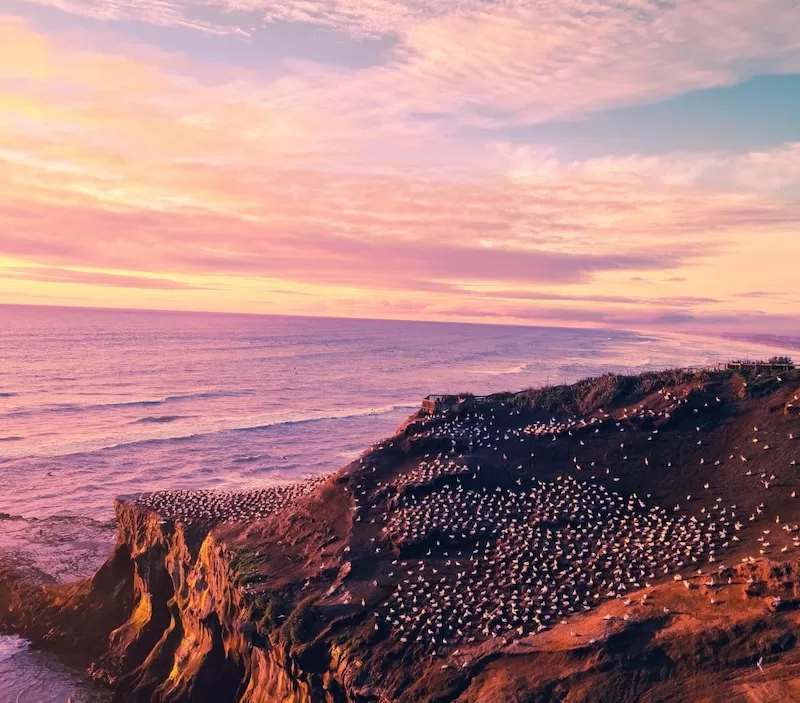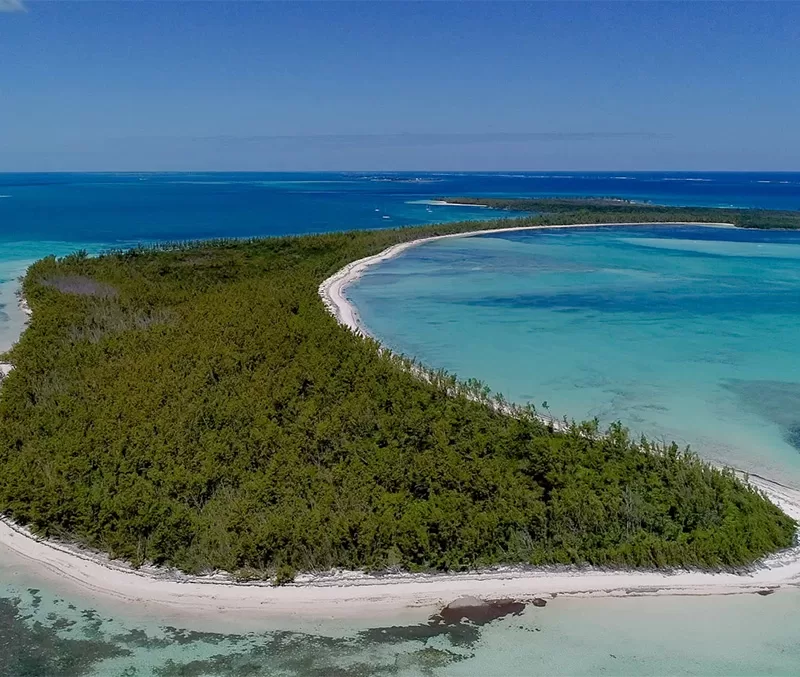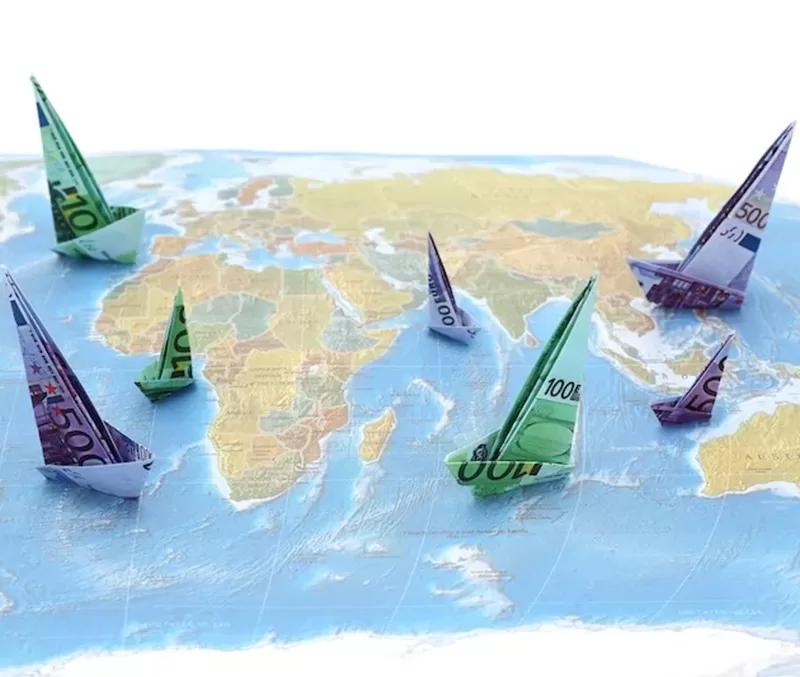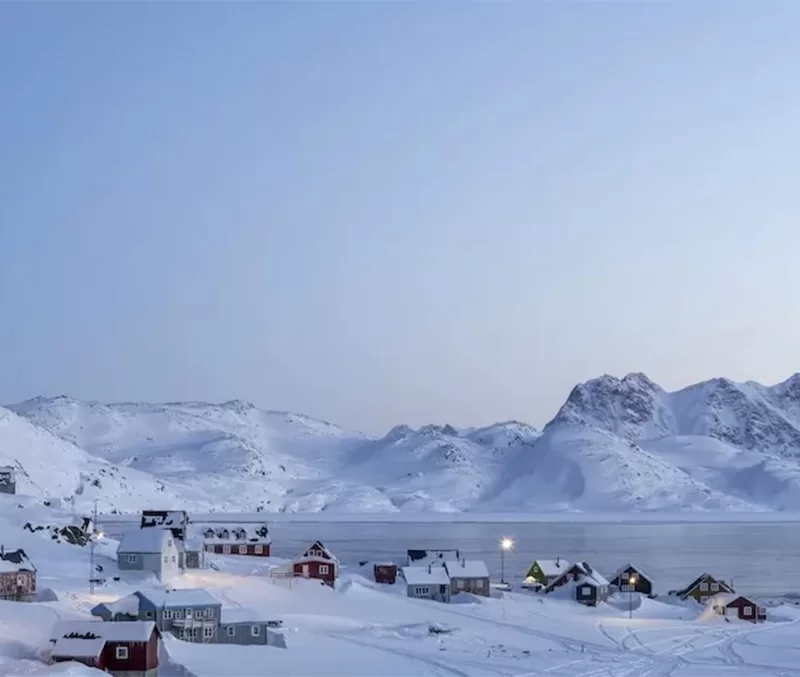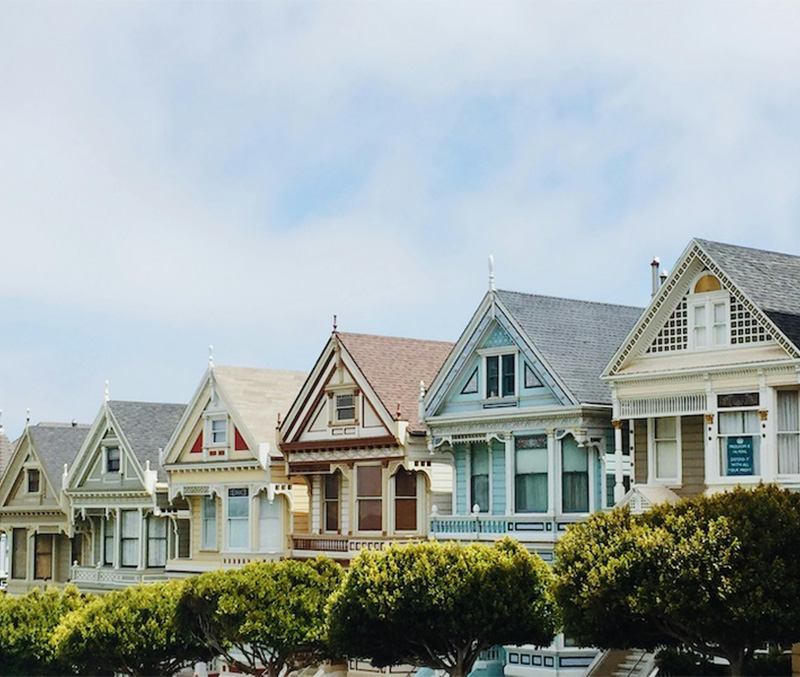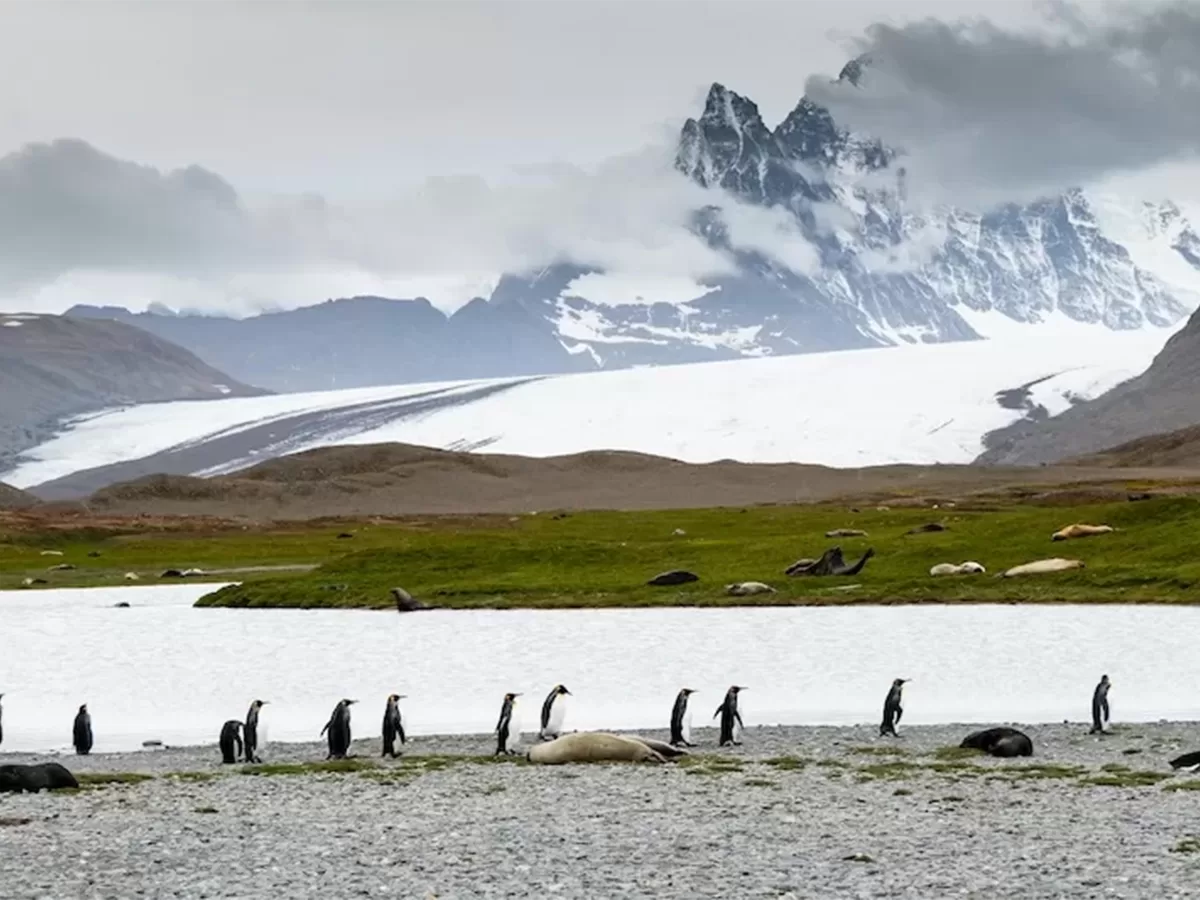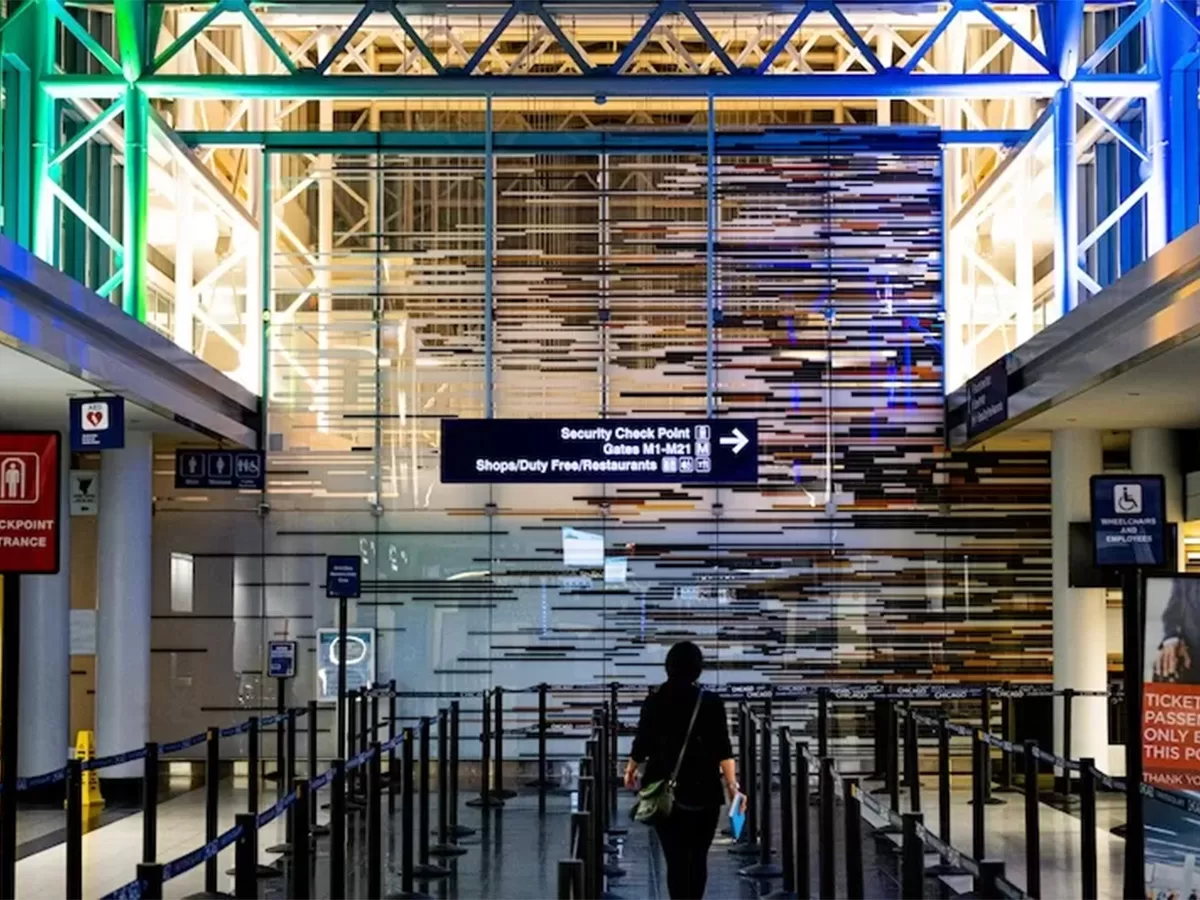Fernando Botero Angulo was born in 1932 in Medellin, Colombia, Botero became interested in painting at an early age. He was influenced by the Baroque style of the colonial churches and city life in Medellin at that time. His father passed away when he was four and his uncle took a major role. At 14, he was sent to a school for matadors but his passion was for art. At 16, he had his first illustrations published and he used the money to attend high school. In 1951, at nineteen years of age, Botero moved to Bogota and held his first one-man show. In 1953, he moved to Paris where he spent his time studying the masters in the Louvre. From 1953 to 1954 he lived in Florence Italy, where he studied the Renaissance Masters.
Botero is considered the most recognized and is probably the most quoted living artist from Latin America. His art commands prices in the millions of dollars and can be found around the globe from Park Avenue in New York to the Champs d´Elysee in Paris. His paintings drawings and sculptures are collected by international museums, corporations and private collectors world wide.
His style is immediately recognizable as he depicts his subjects in large and seemly exaggerated volumes.
Botero lives only one month per year in his native Colombia but still considers himself, very much a Colombian. He has been most generous in his contributions to the art culture in Colombia In 200 he donated to a museum in Bogota well over 100 selections of his personal work and 85 frim his personal collection of French Impressionists, Chagall and Picasso. He also gave to the Museum of Antioquai 119 works of art and 23 bronze sculptures for the front of the museum. This área is now known as Botero Plaza. Four other sculptures can be found in San Antonio Plaza and Berrio Park in Medellin.
San Antonio Park use to be a location for concerts. In June of 1995 a bomb concealed in a backpack was set inside one of these sculptures – ”The Bird of Peace”. It shredded part of the statue, killed 23 people and injured dozens more. Botero insisted that the statue remain as a reminder to his travesty inflicted on his hometown and its inhabits. He replaced the sculpture and now they stand, almost side by side in honour of the individuals who lost their life, as a symbol of peace and a ”homage to stupidity.”
